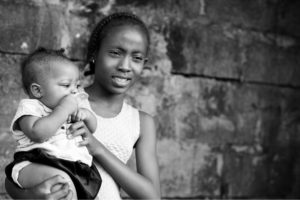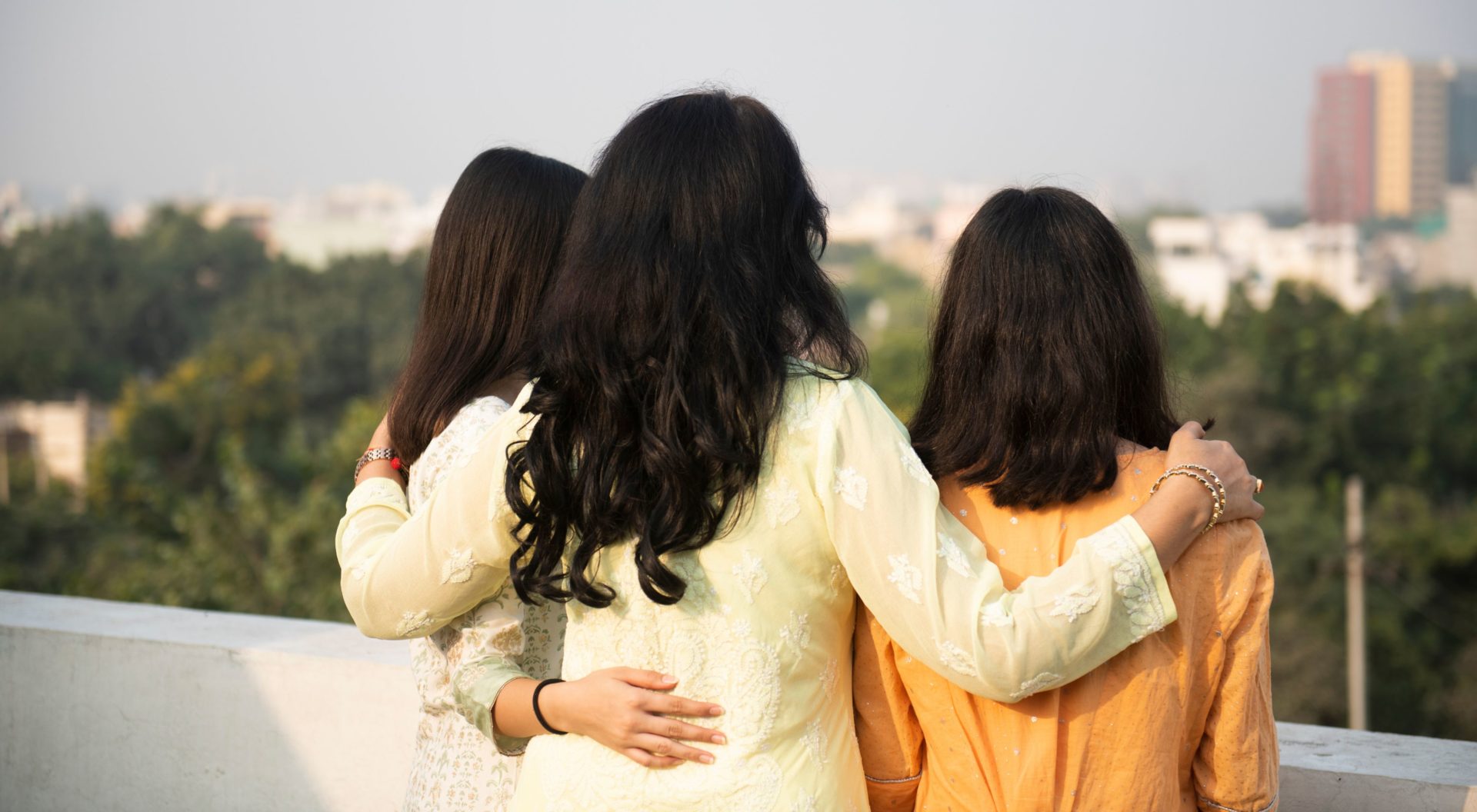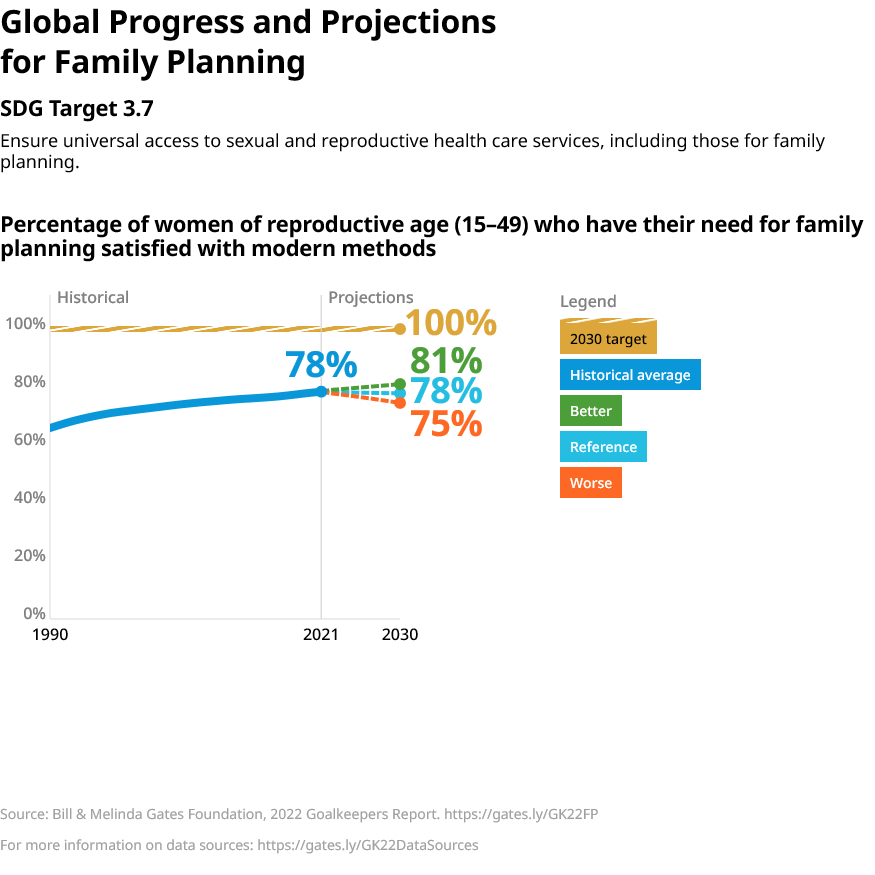Gender equality centuries away unless we accelerate women's empowerment
Written by Olivia Nater | Published: September 27, 2022
The United Nations’ Sustainable Development Goal (SDG) 5 is to achieve global gender equality and to empower all women and girls by 2030. Two sobering new reports show we are far off track, with the current rate of progress suggesting women won’t reach equity with men until at least the 22nd century.
The UN’s gender snapshot is an annual publication that measures progress towards gender equality across the 17 SDGs, as women’s rights are important to the achievement of all of the goals, not just SDG 5. At the halfway point between the adoption of the SDGs by 193 member nations in 2015 and when they are due to be met in 2030, the 2022 snapshot report reveals that progress on gender-relevant indicators is much too slow. According to the report, closing gaps in legal protections and removing discriminatory laws could take up to a staggering 286 years based on the current rate of change.
The Bill & Melinda Gates Foundation’s annual Goalkeepers report, published on the heels of the UN gender snapshot, reinforces the message that the world is not doing enough to achieve gender equality. It suggests that the current rate of progress puts us on track to achieve this goal in 2108 at the earliest, based on data from the Equal Measures 2030 SDG Gender Index.
Key findings
The repercussions of the Covid-19 pandemic, combined with new reproductive rights restrictions around the world, such as the reversal of Roe v. Wade in the U.S., have caused major setbacks for gender issues. The UN report states that violence against women is still rampant, especially in crisis areas, and surveys show that women feel more unsafe than they did before the pandemic.
Over 1.2 billion women and girls of reproductive age live in countries and areas with restricted access to safe abortion, and Covid-19 caused further disruptions to vital sexual and reproductive health services. Maternal mortality increased during the height of the pandemic, by as much as 62% in Uganda, 50% in Peru, and 26% in Mexico.
In 2021, nearly one in five women aged 20-24 were married before turning 18 — a decrease of only 6% since 2001. The snapshot report states that ending child marriage by 2030 would require progress to happen 17 times faster than it has in the last decade.
 By the end of this year, around 383 million women and girls will be living on less than $1.90 per day (the international extreme poverty line), compared to 368 million men and boys. If current trends continue, there will be more women and girls living in extreme poverty in sub-Saharan Africa in 2030 than today, due to economic empowerment falling behind rapid population growth.
By the end of this year, around 383 million women and girls will be living on less than $1.90 per day (the international extreme poverty line), compared to 368 million men and boys. If current trends continue, there will be more women and girls living in extreme poverty in sub-Saharan Africa in 2030 than today, due to economic empowerment falling behind rapid population growth.
Girls in poor communities are especially vulnerable to teen pregnancy, a risk further exacerbated by pandemic-related school closures and lockdowns. In rural Kenya, adolescent girls were twice as likely to become pregnant before completing secondary school or to report that their first sex was non-consensual compared to similar girls graduating just before the pandemic. Another study found that more than half of teen girls in remote areas of Kenya, Rwanda, Uganda, and Tanzania who had dropped out of school early in the pandemic were currently or recently pregnant.
Progress towards parity in decision-making positions is also too slow — at the current rate, it would take 140 years to achieve. Despite making up half the population, women still hold only just over a quarter of parliamentary seats as well as less than one in three managerial positions worldwide.
The Goalkeepers report notes that even before the pandemic, the difference in expected lifetime earnings between women and men totaled $172.3 trillion — twice the size of the world’s annual gross domestic product.
Crucially, it also points out stagnation in improving access to family planning. Models by the Gates Foundation’s data partner, the Institute for Health Metrics and Evaluation (IHME), suggest the proportion of women who have their contraceptive needs met with modern methods is likely to decline slightly from 78.4% in 2021 to 77.9% in 2030. The model is based on both past trends in uptake of family planning as well as projections for per capita income and education.
Pandemic not the main culprit
In an essay reflecting on the Goalkeepers report’s findings, Melinda Gates rightly stated,
“Frankly, blaming Covid-19 alone would be a cop-out. We have to ask harder questions: Why do gender-neutral events like pandemics have gendered effects? And why, after decades of high-profile efforts to improve the lives of women and girls, is equality still generations out of reach?
Here’s the honest answer: It’s because the world still hasn’t focused enough on gender equality—and when it does, it treats symptoms, not the cause.”
The UN snapshot report also highlights the need to address root causes of gender inequality:
“Moving forward, progress on SDG 5 will remain out of reach unless long-term structural barriers to gender equality, including discriminatory norms, laws and practices, are addressed and dismantled.”
More funding and data needed
Both reports call for increased funding for women’s empowerment. The UN report notes that spending on programs where gender equality is the main objective made up only 4.6% of bilateral overseas development aid in 2020.
It also stresses that there is an urgent need to close data gaps, as only 47% of data required to reliably track progress on SDG 5 are currently available.
Equal rights, freedoms, and opportunities for women and girls should not be a futuristic dream. Our global society must wake up to the moral imperative and enormous benefits of achieving gender equality and allocate the attention and funding it requires.


